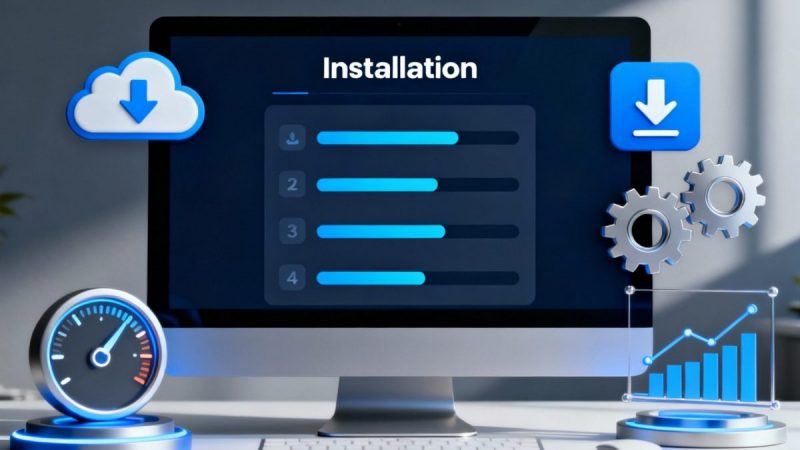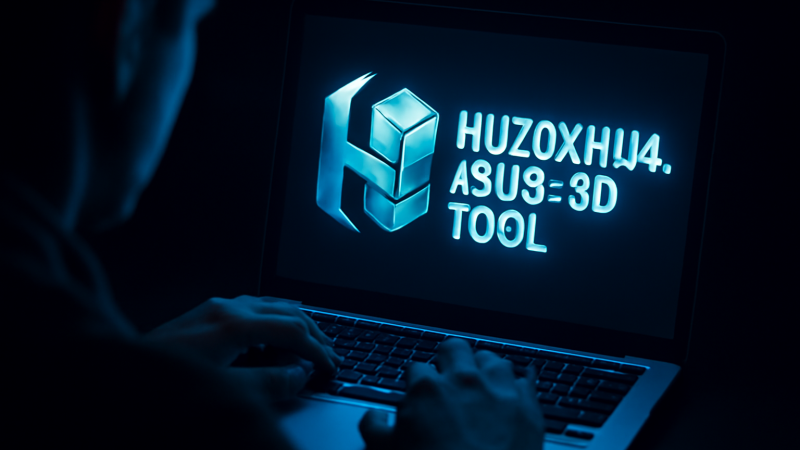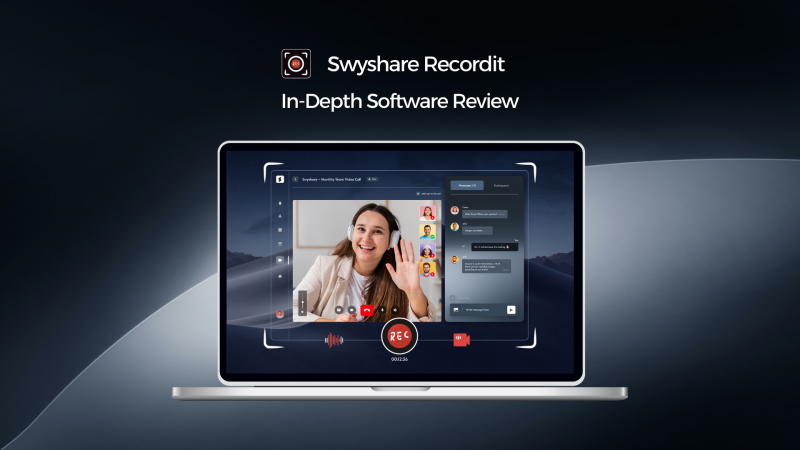Beginner-Friendly Web3 Games Powered by Moralis, Chainlink & Walletless APIs

The world of Web3 gaming has undergone a massive change. Traditional games were centered around fun, graphics, and gameplay. Conversely, Web3 introduces new features, such as ownership of in-game items, decentralized game economies, the use of multiple blockchains, and innovative ways to earn money. But for many creators and players, this new world can seem complicated; with things like blockchains, digital wallets, secret phrases, and special data sources causing confusion and making it hard to connect everything.
Fortunately, a new wave of exciting technologies is helping more people get started. Platforms like Moralis Web3 API, a.k.a. Moralis, Chainlink (providing reliable oracle infrastructure), and “walletless” APIs (that simplify or automate wallet setup) are making Web3 games truly welcoming and easy to access for both newcomers who want to play and developers eager to create.
This article dives into how you can build Web3 games with these tools, why they matter, and what to keep in mind.
What are the Key Building Blocks?
Let’s talk about the key building blocks used in the development of Web3 games.
Moralis: Simplified Blockchain Access
Moralis offers a comprehensive collection of Web3 data and wallet APIs, enabling developers to easily access blockchain data, manage wallet operations, track NFT and Token balances, and more, all without the need to run full nodes or develop complex system infrastructure.
For example:
- The Moralis Web3 Data API gives access to token data, NFT data, transfers, blocks, and logs.
- The Moralis Wallet API allows you to get balances, NFTs, transaction history, and other wallet-related data across multiple chains.
- For game developers, this is a huge help: instead of spending weeks building blockchain infrastructure, you can rely on Moralis to provide standard data and functionality and focus on gameplay and UX.
Chainlink: Oracles, External Data, and Randomness
One of the biggest challenges in Web3 games is how to interact with the “real world” (off-chain data) or generate secure randomness for game mechanics like loot drops and RNG events. That’s where Chainlink comes into play. Chainlink is a decentralized oracle network that enables smart contracts to access external data feeds, generate randomness through VRF, integrate with APIs, and operate automatically.
In a gaming context, that means you can build a loot box whose reward is decided through a verifiable random function (VRF), or price in-game assets based on real-world value.
Walletless APIs/Seamless Onboarding
One of the main problems when people start using Web3 games is getting set up. Things like creating wallets, remembering seed phrases, paying gas fees, and switching between different blockchains can be complicated and confusing for players who are used to regular Web2 games. Solutions that don’t need a wallet or have an embedded wallet can make things simpler by hiding or removing many of these complicated steps. For example:
- Some platforms auto-create a smart wallet behind the scenes when the user signs up (e.g., via social login), so the player doesn’t need to handle seed phrases.
- Guest mode + later upgrade to full wallet: players can play first, upgrade later if desired.
- Gasless transactions: shielding players from having to pay or manage gas and reduce friction.
In short: combining Moralis, Chainlink, and walletless onboarding means you can build a Web3 game with a low-friction entry point for players, while leveraging full Web3 asset ownership and blockchain infrastructure.
Why This Stack is Beginner-Friendly?
Let’s highlight why this combination is particularly strong for developers new to Web3, or game teams with limited blockchain experience:
- Less infrastructure overhead: Rather than running your own nodes, indexing smart contract events, and managing multiple chain RPC endpoints, you can leverage Moralis to handle much of that.
- Fast prototyping: With APIs for NFT balances, wallet histories, and integrations with engines like Unity/Unreal, you can prototype gameplay without reinventing blockchain plumbing.
- Secure randomness & asset integration: Chainlink makes it straightforward (relatively speaking) to add trustworthy randomness or external data into your game logic. Mechanics like loot drops or tokenized rewards are more robust.
- Better player onboarding: The walletless or embedded-wallet paradigm reduces the friction that keeps many players from engaging with Web3 games. Less setup, fewer pop-ups, more “just play”.
- Cross-chain & multi-platform: Moralis supports multiple chains, NFTs, and tokens, allowing you to target mobile/desktop/web platforms across various chains without incurring significant extra costs.
- Focus on gameplay: Because these tools do a lot of the underlying blockchain work, your team can focus on the fun, the game loop, the UX, which is critical, because even in Web3, the game still needs to be good.
Use Cases and Examples
A straightforward idle game where players earn a “Token Chest” after finishing a level. Opening the chest activates Chainlink VRF to determine the reward tier (common, rare, epic). Moralis APIs verify if the player possesses a special “Golden Key” NFT to unlock additional rewards.
A multiplayer 2D arena game where each match grants you XP. Upon reaching specific XP milestones, you can mint a “Champion Badge” NFT. Walletless onboarding allows players to simply click “Start,” with the wallet creation process handled automatically in the background.
A social mobile game where you invite friends (Web2 style), and you can later link your wallet/account to claim asset rewards. Moralis handles the wallet/NFT data; Chainlink handles randomness or external real-world inputs (such as sports results).
These examples show how the stack allows meaningful Web3 features without overwhelming the player or developer.
Challenges and Considerations
Let’s look at some of the challenges faced by developers when they use a beginner-friendly tech stack.
| Challenge | Description | Key Considerations / Solutions |
| Onboarding Friction | Even with walletless solutions, users may still be unfamiliar with Web3 concepts like wallets, seed phrases, or asset ownership. | Simplify onboarding with social logins, clear tutorials, and friendly UX copy. Focus on “play first” experiences before introducing blockchain concepts. |
| Transaction Costs & Chain Fees | On-chain operations like minting NFTs or using Chainlink VRF incur gas costs that can affect scalability. | Choose low-cost chains (Polygon, Arbitrum, etc.), use gasless transactions, or sponsor player gas for smoother UX. |
| API Performance & Reliability | Moralis and similar APIs can experience latency or throttling under load. | Cache frequent queries, add fallback mechanisms, and monitor API uptime during testing and deployment. |
| Security & Smart Contract Risks | Vulnerabilities in game logic, oracles, or wallet integrations can lead to exploits and loss of assets. | Conduct audits, use verified smart contracts, and follow best practices for Chainlink VRF and wallet integrations. |
| Economy Design Pitfalls | Poorly designed tokenomics or unsustainable reward models can harm long-term retention and value. | Prioritize fun and gameplay first; ensure balanced reward loops and avoid speculative token models. |
| Chain Compatibility & Interoperability | Supporting multiple chains can be complex and resource-intensive. | Plan early for cross-chain expansion; rely on APIs (like Moralis) that support multi-chain data access. |
| Player Retention & Experience | If gameplay is shallow or onboarding is confusing, players will leave regardless of Web3 features. | Focus on core fun factor; design intuitive UX, rewarding progression, and seamless Web2–Web3 transitions. |
Conclusion
Creating and enjoying Web3 games has never been more accessible. With tools like Moralis for blockchain data and wallet APIs, Chainlink for enhanced randomness and external data, and walletless onboarding options, building Web3 games that offer both engaging gameplay and true ownership of assets is now easier than ever.
For developers, the key is to start by making the game enjoyable and immersive, then integrate Web3 features that naturally enhance the experience. For players, Web3 games offer the exciting realization that, while enjoying the game, they truly own their in-game assets.
Whether you’re an indie developer or part of a small team, this technology stack makes it simpler to dive into Web3 game development without the need for complex infrastructure. The future of Web3 gaming is bright, offering more inclusive and accessible experiences for everyone involved.






